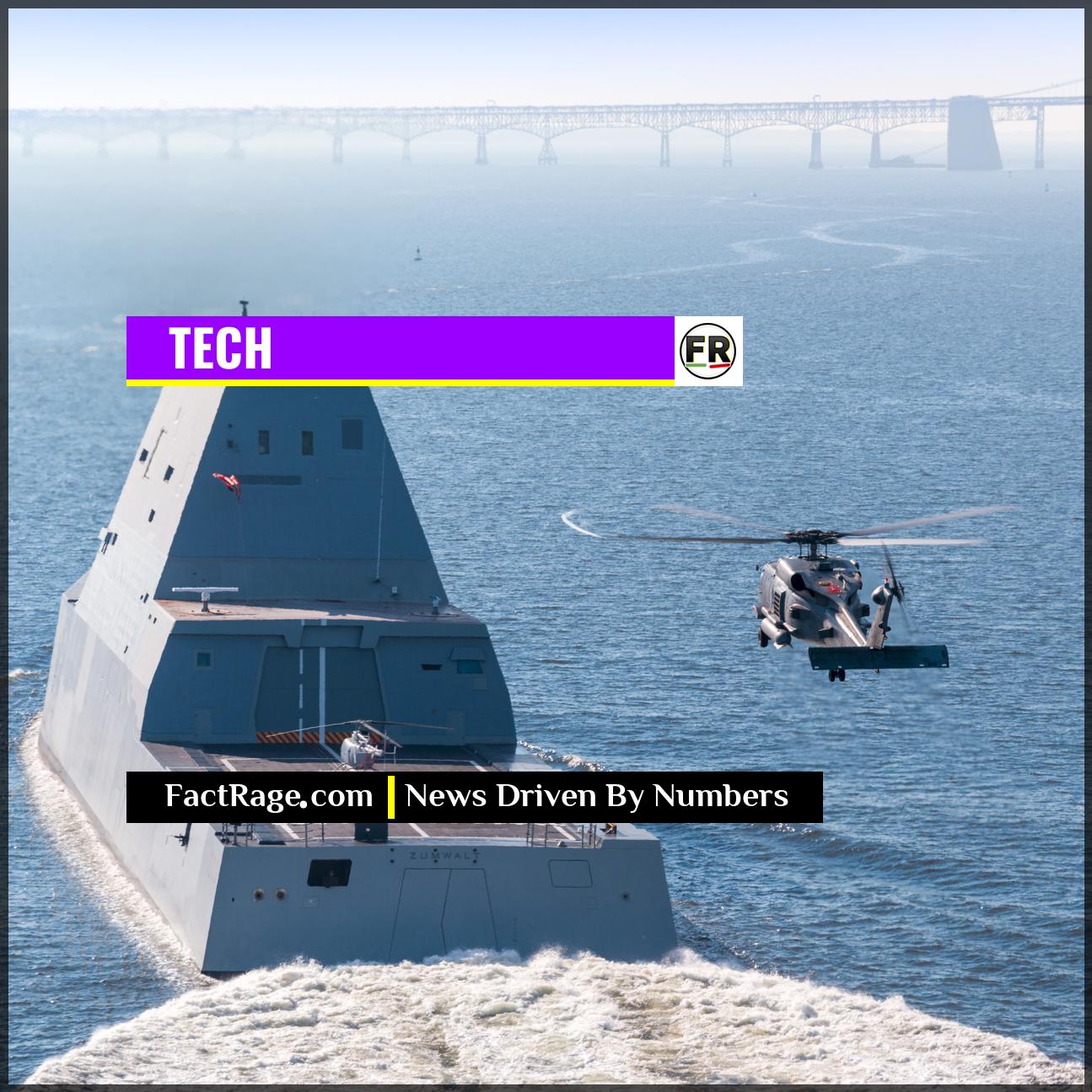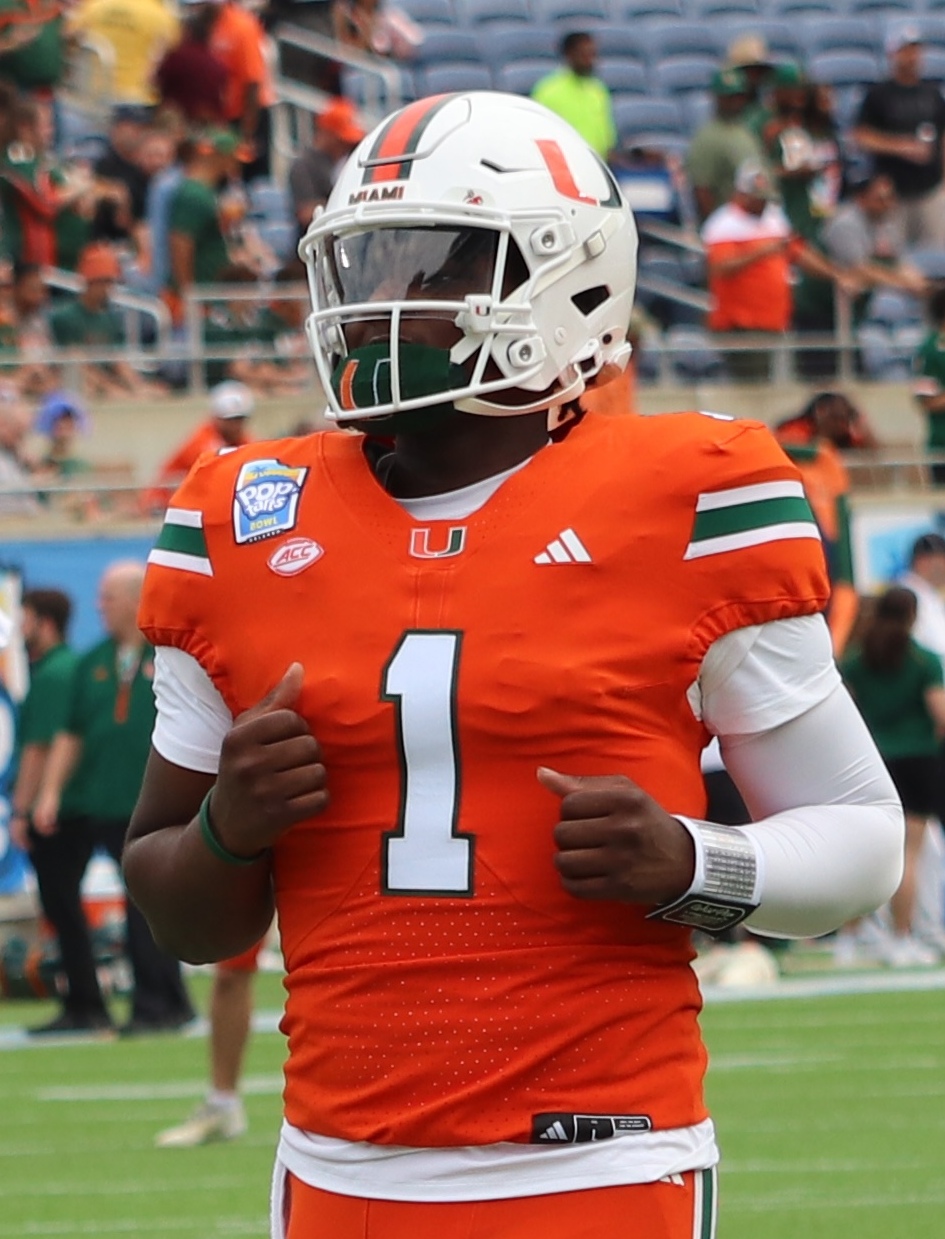SAN DIEGO, CA – The USS Michael Monsoor (DDG-1001) represents one of the most technologically ambitious—and fiercely debated—warships in the U.S. Navy’s modern fleet.
- Unprecedented Stealth – The ship’s “tumblehome” hull and angular superstructure give the 16,000-ton vessel a radar cross-section comparable to a small fishing boat, making it 50 times stealthier than previous destroyers.
- Extreme Cost and Limited Run – Soaring costs led the Navy to slash the Zumwalt-class program from a planned 32 ships to just three, with a total program cost exceeding $24 billion, or roughly $8 billion per vessel.
- Evolving Mission – Originally designed for land attack, the ship’s primary mission has pivoted to surface warfare, with plans to equip it with hypersonic missiles after its main guns were sidelined due to exorbitant ammunition costs.
This futuristic vessel, homeported in San Diego, is packed with groundbreaking technology that pushes the boundaries of naval engineering. But its journey from concept to deployment raises critical questions about its purpose, cost, and ultimate place in the fleet of tomorrow.
The Price of a Blueprint for Tomorrow’s Navy
![]() The conversation around the Zumwalt-class destroyer often gets stuck on its staggering price tag and sidelined weapon systems. But to do so misses the larger story: this vessel is as much a floating research and development lab as it is a warship. The breakthroughs in stealth, power generation, and automation tested within its hull are not an end point, but a blueprint for the fleet of the future. This raises the essential question at the heart of all pioneering technology: how do we measure the value of an experiment that will define the next generation?
The conversation around the Zumwalt-class destroyer often gets stuck on its staggering price tag and sidelined weapon systems. But to do so misses the larger story: this vessel is as much a floating research and development lab as it is a warship. The breakthroughs in stealth, power generation, and automation tested within its hull are not an end point, but a blueprint for the fleet of the future. This raises the essential question at the heart of all pioneering technology: how do we measure the value of an experiment that will define the next generation?
Read On…
Read on as we break down the specific technologies that make this ship a marvel of engineering and explore the strategic pivot that will determine its ultimate legacy.
How a 16,000-Ton Warship Appears Invisible to Radar

The most striking feature of the USS Michael Monsoor is its radical design. Unlike traditional warships with flared hulls, the Zumwalt-class features a “tumblehome” hull, where the sides slope inward above the waterline. This design, combined with a sleek, angular superstructure devoid of conventional masts and antennae, is engineered for one primary purpose: stealth.
Radar works by bouncing radio waves off an object and analyzing the return signal. The Monsoor’s flat, angled surfaces are designed to scatter radar waves away from the source, rather than reflecting them back. The ship is also coated in radar-absorbent materials. The result is a drastically reduced radar cross-section (RCS). While the exact figure is classified, it is widely reported to be less than 2% of the RCS of an Arleigh Burke-class destroyer, making the 610-foot-long ship appear as small as a fishing trawler on enemy screens.
The Power and Firepower That Define Its Role
Beneath its stealthy exterior, the USS Michael Monsoor is an electrical powerhouse. Its Integrated Power System (IPS), centered on two massive gas turbines, generates approximately 78 megawatts of electricity—enough to power a small city. This immense electrical capacity, managed by contractors like RTX Corporation, was designed not just for propulsion but to support future high-energy weapon systems, such as railguns and directed-energy lasers.
However, the ship’s offensive capabilities have been a source of major controversy. Its two 155mm Advanced Gun Systems (AGS) were designed to fire a specialized, rocket-assisted projectile called the Long-Range Land Attack Projectile (LRLAP). When the cost of a single LRLAP round ballooned to nearly $1 million, the Navy canceled the ammunition order in 2016, leaving the ship’s primary guns without bullets. In response, the Navy is pivoting the ship’s mission. The vessels, built by General Dynamics Bath Iron Works, are now being modified to carry the Common Hypersonic Glide Body (C-HGB), a new class of Mach 5+ missile, transforming the Zumwalt from a shore-bombardment platform into a formidable blue-water ship hunter.
A Costly Experiment or a Glimpse of the Future?
The central debate surrounding the Zumwalt program is its staggering cost. With a total program cost of over $24 billion for just three ships—the USS Zumwalt (DDG-1000), the USS Michael Monsoor (DDG-1001), and the USS Lyndon B. Johnson (DDG-1002)—the class became too expensive to produce in meaningful numbers. Critics point to the small class size and the abandoned gun systems as evidence of a failed project, a technological dead end that consumed vast resources.
Proponents, however, view the Zumwalt class as an invaluable, if costly, technology demonstrator. The innovations developed for the program in stealth, automation, ship design, and power generation are already influencing the next generation of naval vessels. The ship’s high level of automation, for example, allows it to operate with a crew of just 175 sailors, significantly fewer than the 300+ on other destroyers. From this perspective, the USS Michael Monsoor is less a standalone weapon and more a floating laboratory, testing the concepts that will define the U.S. Navy for decades to come.
The Price of Progress on the High Seas
![]() Ultimately, the USS Michael Monsoor stands as a powerful paradox in modern engineering—a vessel packed with next-generation technology that simultaneously became a lesson in fiscal restraint. Its story is less about a single warship’s capabilities and more about the difficult, often expensive, path of innovation. As the concepts tested within its stealthy hull—from advanced power systems to automation—find their way into the designs of future fleets, the true legacy of this controversial destroyer may only become clear on the horizons of tomorrow. Its ultimate value will be measured not just in firepower, but in the technological lessons it provided for the navy that comes next.
Ultimately, the USS Michael Monsoor stands as a powerful paradox in modern engineering—a vessel packed with next-generation technology that simultaneously became a lesson in fiscal restraint. Its story is less about a single warship’s capabilities and more about the difficult, often expensive, path of innovation. As the concepts tested within its stealthy hull—from advanced power systems to automation—find their way into the designs of future fleets, the true legacy of this controversial destroyer may only become clear on the horizons of tomorrow. Its ultimate value will be measured not just in firepower, but in the technological lessons it provided for the navy that comes next.














